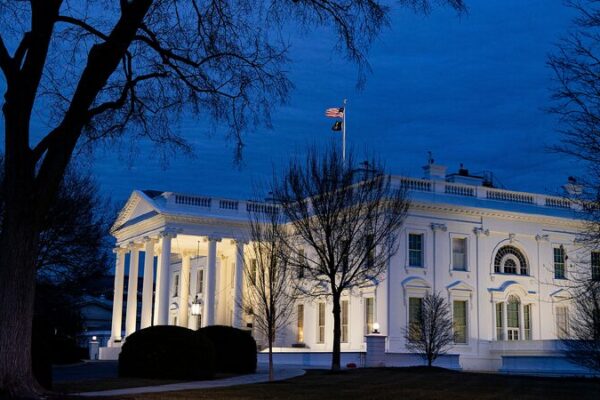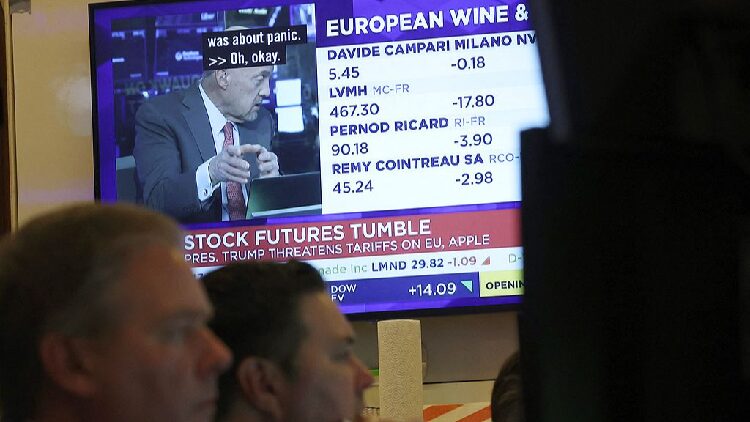Economists from around the world are sounding the alarm over potential shifts in US policies following the upcoming government transition. With President-elect Donald Trump’s proposed fiscal and trade policies, there is growing concern about increased uncertainty in global markets.
Morgan Stanley economists predict that changes in Washington and the anticipation of more aggressive trade policies could weigh heavily on consumer spending in the coming years. Seth Carpenter, Chief Global Economist at Morgan Stanley, stated, “The outcome of the US election is going to usher in policy changes with implications that will reverberate through the global economy.”
Carpenter noted that initial tariffs from the new administration are expected to target imports from China, potentially expanding to goods from other countries. As costs rise, consumers may face higher prices, leading to increased inflation in the latter half of 2025. This scenario could result in reduced consumer spending, which may affect production and employment levels.
Goldman Sachs Research forecasts an average annual global GDP growth rate of 2.7% for 2025, slightly above economist consensus. However, Goldman Sachs Chief Economist Jan Hatzius cautioned that US trade policies could pose challenges for other regions. “The biggest risk is a large across-the-board tariff, which would likely hit growth hard,” Hatzius explained.
The Asian Development Bank’s recent outlook report maintained China’s economic growth forecast but lowered expectations for developing economies in the Asia-Pacific region. The report suggests that potential changes in US trade, fiscal, and immigration policies could suppress development in the area and increase inflation.
Meanwhile, the Organization for Economic Co-operation and Development (OECD) highlighted that rising trade protectionism and escalating tensions in the Middle East present significant risks to the global economic outlook. The OECD forecasts that US economic growth will slow from 2.8% in 2024 to 2.1% in 2026, citing factors such as reduced immigration, decreased personal consumption, and risks from escalating trade frictions with other countries.
As the world awaits the impact of these potential US policy changes, economists urge caution and preparedness for possible economic headwinds ahead.
Reference(s):
Economists: US policy changes likely to impact global growth
cgtn.com








